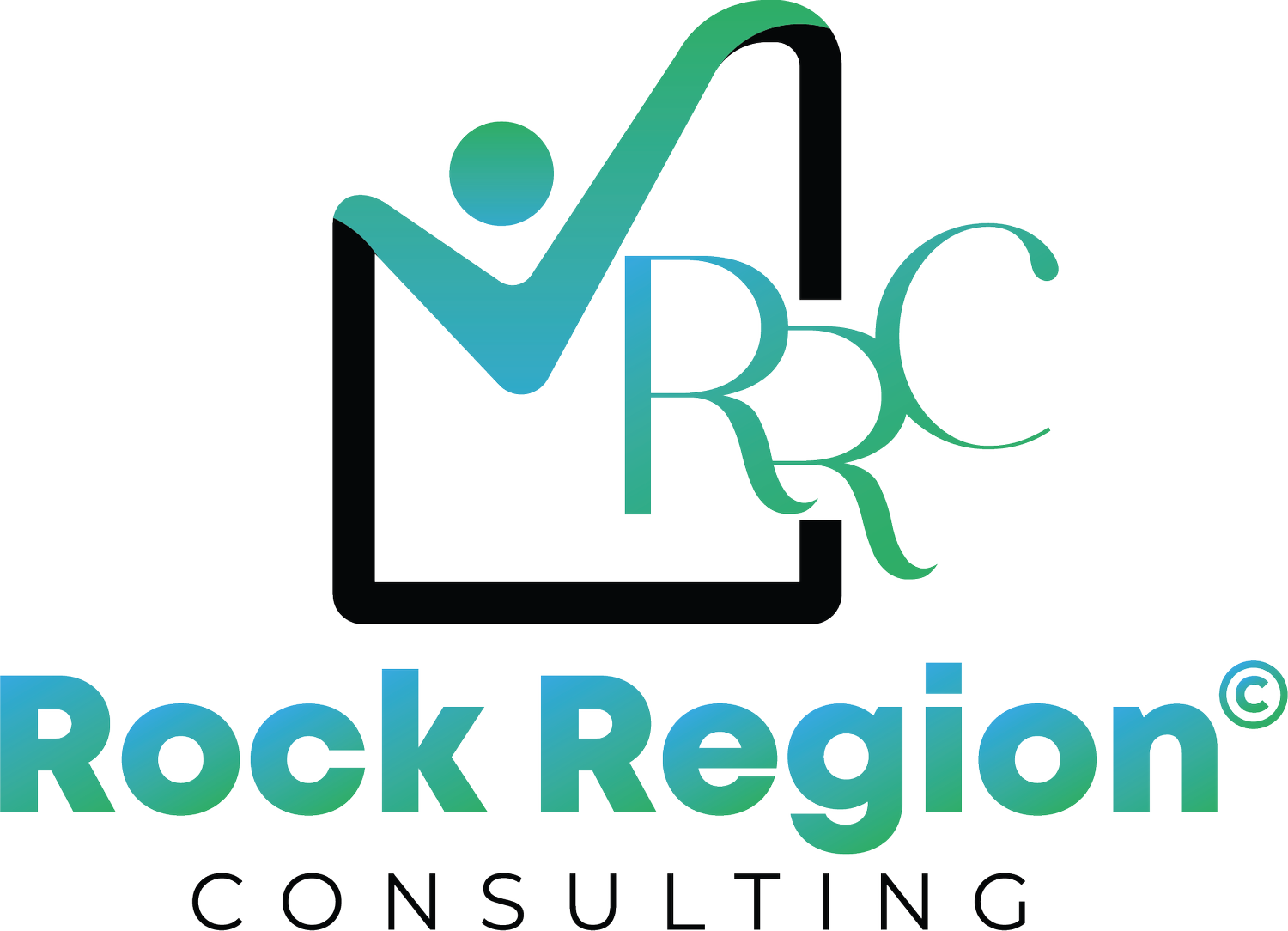Building a Culture of Continuous Learning: A Blueprint for Workplace Success
In the ever-evolving landscape of business, the key to staying ahead is not just hiring the best talent but cultivating a workplace culture that thrives on continuous learning. CEOs and business owners understand that a dynamic, adaptable workforce is essential for success. In this blog post, we'll explore the transformative impact of building a culture of continuous learning in the workplace and how it can catapult your business to new heights.
1. Embracing Change: The Power of a Learning Culture
In today's fast-paced business environment, change is the only constant. A culture of continuous learning positions your company to embrace change rather than resist it. Employees who are encouraged to learn and adapt are better equipped to navigate shifts in the industry, technology, and market trends, turning challenges into opportunities.
2. Fostering Innovation: Learning as a Catalyst for Creativity
A workplace that values continuous learning becomes a breeding ground for innovation. When employees are encouraged to expand their knowledge and explore new ideas, they are more likely to contribute innovative solutions to business challenges. A culture of learning sparks creativity, driving your company's ability to stay at the forefront of industry trends.
3. Employee Engagement: Investing in Growth
Employees crave opportunities for personal and professional development. A culture of continuous learning demonstrates your commitment to investing in your team's growth. Engaged employees are more likely to stay with your company, reducing turnover costs and creating a positive ripple effect on overall workplace morale.
4. Upskilling for Future-Proofing: Staying Ahead of the Curve
The business landscape is evolving, and so are the skills required to thrive in it. A learning culture enables your workforce to stay ahead of the curve by consistently updating their skills. Whether it's adopting new technologies, mastering industry-specific tools, or enhancing soft skills, upskilling ensures your team remains relevant in a rapidly changing world.
5. Knowledge Sharing: The Collaborative Advantage
A culture of continuous learning promotes knowledge sharing among employees. Encourage mentoring programs, workshops, and collaborative projects that allow team members to share their expertise. This not only strengthens individual skill sets but also creates a collaborative environment where knowledge becomes a shared asset, benefiting the entire organization.
6. Leadership Development: Nurturing Tomorrow's Leaders
Leadership is not a static quality; it evolves with experience and learning. A learning culture provides a platform for leadership development from within. Implement training programs, coaching sessions, and mentorship initiatives to nurture the next generation of leaders within your organization. This not only ensures a steady pipeline of capable leaders but also fosters a sense of loyalty among employees who see a path for growth.
7. Measuring Impact: Data-Driven Learning Initiatives
To ensure the success of your continuous learning initiatives, leverage data to measure their impact. Analyze performance metrics, employee feedback, and the application of newly acquired skills. By assessing the effectiveness of learning programs, you can refine and tailor initiatives to meet the specific needs of your workforce.
Transform Your Workplace with Rock Region Consulting!
Ready to transform your workplace into a hub of continuous learning and innovation? At Rock Region Consulting, we specialize in HR services designed to help you build a culture that fosters growth and adaptability.
Book a FREE 10-minute call with me today!
Start your learning culture journey now and book a call with me using this link: https://www.rockregion.co/
Elevate your company's success by embracing a culture of continuous learning. Book your free consultation now and let Rock Region Consulting guide you in creating a workplace where learning is not just encouraged—it's ingrained in your company's DNA.
Together, let's shape a future-ready workforce that propels your business to unprecedented heights.
